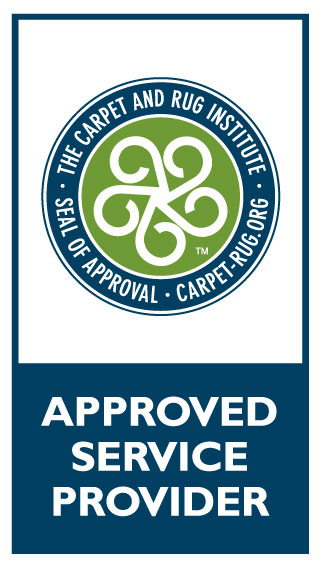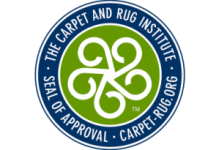Professional Mold Removal Without the Hysteria
An on-site inspection can help determine whether professional remediation is needed. When you see visible mold growth or you suspect a hidden mold problem in your home, give CleanWorks a call. Sometimes a simple conversation with one of our remediation staff will help determine that you don’t need professional mold remediation at all. Otherwise, our visual inspection can be the beginning of a plan to eliminate the problem AND the underlying source of the moisture intrusion that caused the problem.
We use the ANSI/IICRC S520 industry standard for mold remediation as published by the Institute for Inspection Cleaning and Restoration Certification (IICRC). Some general contractors will paint over the mold growth, or spray it with bleach, anti-microbial boric acid, and a host of other products. None of these methods are industry-accepted practice. Why? They don’t provide a long-term solution. They are simply a cover up.
An important step in the mold remediation process is an understanding that we are not trying to KILL mold; our responsibility as a professional mold remediation contractor is PHYSICAL REMOVAL of the mold. At the same time, we help the building owners and occupants identify the source of the moisture that led to the mold growth to reduce the likelihood of future mold growth.
Our on-site inspection consists of :
First Step – Look for visible mold growth and its cause
Second Step – Moisture testing of affected structure to help determine if mold growth is active or dormant
Third Step – Measure temperature and humidity of the air to help determine if future mold growth is likely
Fourth Step – A report of our findings and recommendations to remove the mold AND eliminate the source
Got Mold? - Don't Stress Out!
Crawlspace Encapsulation- WHY?
Have you ever noticed mold growing on the clothes in your closet during the summer? Maybe a musty odor coming from the crawlspace access door? Or maybe your crawlspace foundation vents are flush with the ground, allowing rain water into the crawlspace? All of these are warning signs of a potential water intrusion problem in your crawlspace.
We have performed many, many mold remediation projects in crawlspaces throughout south central Indiana. One thing they frequently have in common is the fact that an inadequate vapor barrier has allowed the mold growth in the first place. For decades, the standard practice in new construction was to put pea gravel or crushed stone in the crawlspace on top of plastic. Over time, the plastic degrades, moisture enters the crawlspace from the ground, and the humidity in the crawlspace climbs. Eventually, the structure has absorbed enough water out of the air that mold begins growing on the framing materials. As part of our professional remediation process, we help building owners identify and correct the source of the moisture to help prevent future mold growth.
What is the Process?
Think of crawlspace encapsulation as installation of a swimming pool liner in your crawlspace. But, this ‘pool liner’ is designed to keep water OUT of the pool. Any water or water vapor that enters from the ground or through the foundation is trapped BELOW the liner. Because of this, the moisture has no effect on the moisture content in the structure. Additionally, to combat condensation caused by temperature differences between the cold outside and the warmer crawlspace, we apply spray foam insulation to the inside of the foundation and remove the foundation vents.
To achieve crawlspace ventilation without the foundation vents, we install ventilation into the crawlspace from the existing HVAC system. We are making the crawlspace part of the ‘building envelope’. Just as you don’t have mold growing randomly inside your house because your HVAC system controls moisture levels, you will now not have mold growth in the crawlspace.
In some situations, we also install professional grade dehumidification in the crawlspace with an automatic pump-out, along with a humidistat control to monitor crawlspace humidity, and a power switch in the house for ease of use. In these situations, the dehumidifier only needs run during the non-heating season – in our part of Indiana, from roughly April 1 to October 1.
Call us today or fill out the online contact form below for a free call back regarding your specific situation.
Mold FAQ's
A: Generally, if the mold is the result of a covered water damage loss, some coverage will be extended to you, up to a limit. However, if the mold is the result of something like ventilation problems or ground water, you will probably NOT have insurance coverage. The best thing to do is contact your insurance company for details.
A: We follow the IICRC S520 ANSI Standard for mold remediation. Basically, professional mold remediation is about REMOVING mold growth, NOT killing mold or covering up mold. We use various tools and processes to accomplish this. Professional remediation also involves the use of negative air pressure and HEPA filtration to avoid cross-contamination into unaffected areas. In addition, we also work with building owners prior to remediation to identify the cause of the mold growth to minimize the likelihood of new mold growth in the future.
A: The cost for remediation is project-dependent. We offer a visual inspection to help identify causes of the mold growth and to arrive at a price for remediation. The cost for the visual inspection $125.







